Marijuana
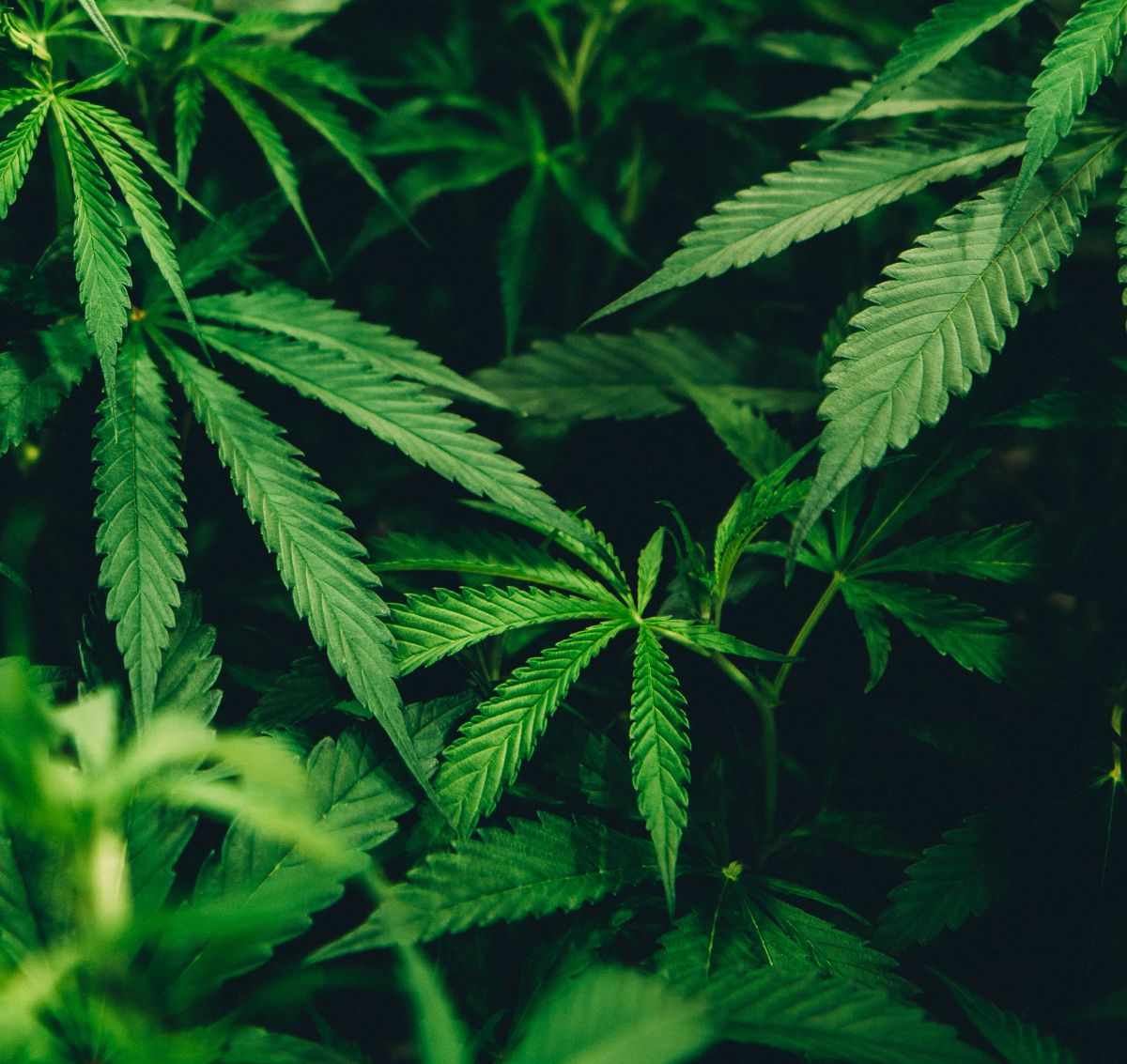
Studies regarding the effects of smoking/consuming marijuana during pregnancy are not as complete as cigarette smoking, but the identification of serious adverse neurological effects in the fetus/infant is becoming more evident.
For the past several decades, research into marijuana’s effects during pregnancy have been inconclusive, with some studies finding harmful effects while others have not found adverse findings. However, marijuana is becoming more common, more prevalent among pregnant women, and more potent than before; therefore, research is beginning to more clearly identify its harmful effects during pregnancy.
In addition, based on what is known about the human endocannabinoid system and the effects of outside cannabinoids on the uterus and placenta, it is highly likely more harmful effects will be identified through future research.
*There is no evidence that marijuana is a current viable management option for Nausea and Vomiting of Pregnancy or Hyperemesis Gravidarum, especially based on the potential for fetal harm, and the high amount that may be needed to see any relief. Further, marijuana/THC use can worsen NVP in some cases.
Background
Marijuana is the most used drug in the world and the most used illicit drug during pregnancy.
An estimated 18% of all pregnant women have used marijuana at least once, and some researchers indicate the prevalence is likely higher, as some women may be very hesitant to report their use of this drug.
Heavy users of marijuana, irrespective of pregnancy status, can have short-term problems with attention, memory, and learning, which can affect relationships and mood.
Recent research has also shown that in general, regular use of marijuana is associated with motor vehicle accidents, drug-induced psychotic symptoms and disorders, HIV, hepatitis B and C, bacterial infection of the heart, and tuberculosis.
Researchers note that based on the increasing prevalence of marijuana use, there is an urgent need for additional research related to marijuana’s effects during pregnancy and on fetal growth and development.
Researchers further note HCPs do not often talk about marijuana to their patients – if at all. Educating women as well as HCPs regarding the possible adverse effects of marijuana may reduce women’s use of the drug during pregnancy.
Note: For information regarding laws for and against the use of marijuana in the United States (U.S.) and its territories, see Resources section.
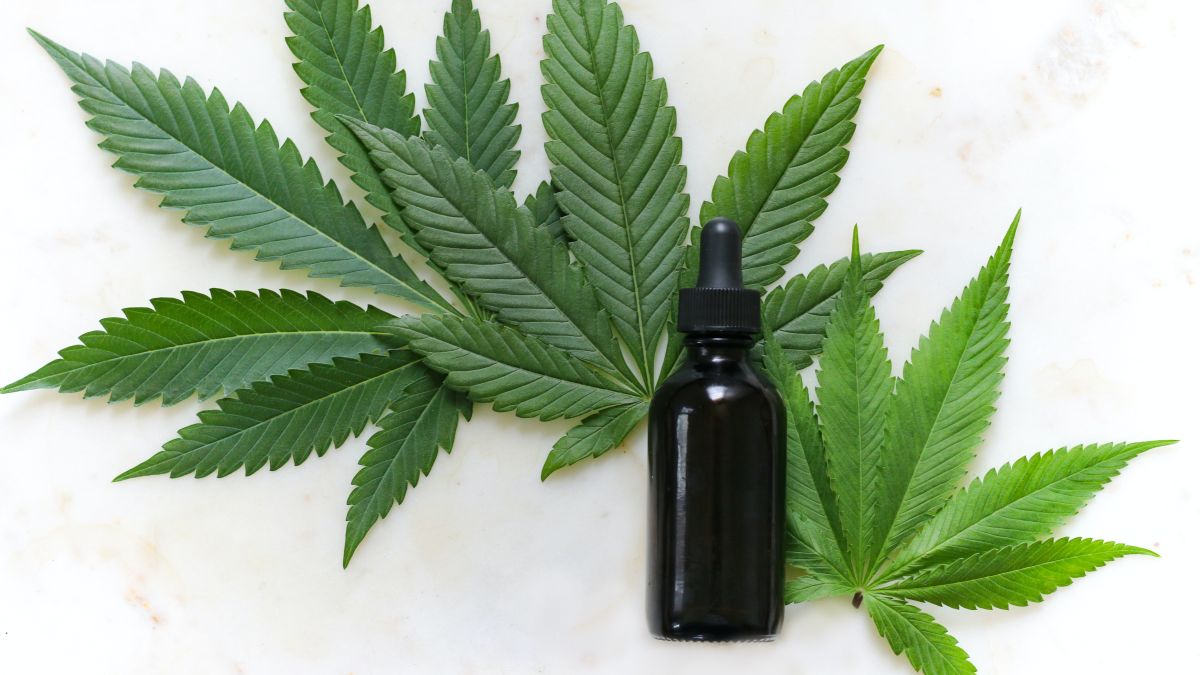
Current Research Status – General
The illegality of marijuana, especially at the federal level, makes it very difficult to study its effects during pregnancy. Therefore, there is limited data about the prevalence of cannabis use in pregnant women, to include its effects on fetal growth and development, as well as fertility; most current data has been derived from pregnant animal studies.
To date, it appears the most common adverse effect identified has been on neurological and developmental outcomes in the offspring; however, not all studies have reported these findings.
It is important to illustrate that although data is unclear and conflicting, studies have not shown an absence of harm; more targeted research in the future is likely to identify stronger associations to prenatal marijuana use and neurological effects.
First: Obvious neurological effects can take years to develop and be diagnosed; subtle effects may also occur and can be hard to associate to marijuana use many years later.
Second: The potency of marijuana is increasing; there has been an estimated 6- to 7-fold increase in the potency of cannabis seized in the U.S.
Third: The terpenoid Δ-9-tetrahydrocannabinol (THC) is only 1 of more than 80 cannabinoids in marijuana, most of which have not been studied during pregnancy; some of these may not have major effects on adults, but could be toxic to a fetus.
Lastly: THC readily crosses the placenta; therefore, more information on possible harmful effects during pregnancy can be extrapolated based on what is known about the body’s endocannabinoid system.
Endocannabinoid System
Marijuana has a disruptive effect on the body’s natural endocannabinoid system, which is essentially a neurotransmission system that affects the entire body, with primary function in the central nervous system (i.e. pain and relaxation). It is also associated with the regulation of motor control, memory, cognitive processes, and neurotransmitter release.
Endocannabinoids are naturally released by the body, and “dock” to their receptors which are located in various organs (primarily the brain). By docking to receptors in specific locations, endocannabinoids change the way that body part functions.
The body regulates its own system, and therefore when someone smokes/consumes marijuana, they are introducing “extra” cannabinoids that are going to dock to organs and have some type of positive or negative effect.
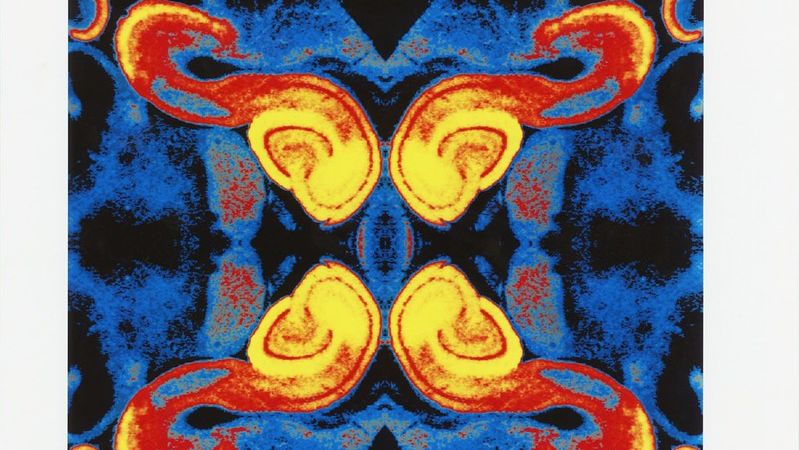
In an adult, THC and other chemicals in marijuana pass from the lungs into the bloodstream, which rapidly carries these chemicals throughout the body; individuals can feel effects almost immediately. These effects, and detectable levels in the blood, can last anywhere from one hour to several days depending on the potency of the marijuana and how it was consumed.
While it was originally believed the endocannabinoid system was limited to the central nervous system, it is now known that the immune and reproductive systems also express cannabinoid receptors – including the uterus – and are thus are impacted by cannabinoids.
The endocannabinoid system is present in the uterine decidua (lining). It is theorized that a controlled concentration of natural cannabinoids is required in early pregnancy which is therefore disrupted through marijuana use – even low-level use.
This disruption of the the body’s natural regulation of cannabinoids may affect embryo and fetal development. It is assessed marijuana use during pregnancy may increase the risk of miscarriage, implantation failure, placental growth failure, preeclampsia, fetal growth restriction, and preterm labor (see Fetal Effects, below).
Further, cannabinoids cross the placenta and blood brain barrier and accumulate in fetal tissue. Natural levels of cannabinoids decrease as pregnancy progresses, indicating that low levels are necessary for a healthy pregnancy. Smoking/consuming marijuana during pregnancy would increase these levels in the body and likely produce an unwanted effect.
However, additional research is needed to fully elucidate the effects of marijuana use/consumption on the body's natural endocannabinoid system.
Fetal Effects
The THC molecule combines very well with fats and is distributed rapidly to the brain and fat of the fetus after ingestion or inhalation by a pregnant woman. When a pregnant woman consumes marijuana, it is estimated the THC in fetal blood may be about 10% to 33% of the mother’s blood levels; this can change based on potency and amount.
An animal study published in February 2021 evaluated a single intravenous dose of cannabidiol (CBD) administered to pregnant mice; fetal distribution and elimination were analyzed. The transfer of CBD from the maternal blood to the fetus was rapid, and the compound accumulated in the fetal brain, liver, and gastrointestinal tract. Maternal and fetal half-lives of CBD were approximately 5 and 2 hours, respectively.
There are several harmful chemicals present in marijuana smoke including nitrous oxide (NO), oxides of nitrogen (NOx), carbon monoxide (five times higher than tobacco), hydrogen cyanide, aromatic amines, ammonia, toluene, benzene, and polycyclic aromatic hydrocarbons – all of which present their own adverse effects.
Adverse fetal effects as a result of THC exposure are highly dependent on the stage of pregnancy. Exposures during initial stages are associated with increases in pregnancy loss, depending on the dose; exposures in mid-gestation could lead to fetal growth restriction.
Placental development is a tightly regulated process and any disruption to this process could cause serious complications. A study published in July 2021 determined that CBD interferes with trophoblast turnover (early placental development) and placental remodeling, which can have a considerable impact on pregnancy outcome.
Evidence has shown that marijuana impairs the growth trajectory of the fetus, resulting in low birth weight (LBW) and birth defects, as well as growth restriction. LBW has been the most common adverse effect identified.
LBW is not just a “smaller” baby; long-lasting negative consequences of LBW include: neurosensory impairments, decrease in height, decreased IQ, educational difficulties, and increased cognitive and behavioral problems.
Marijuana use during pregnancy is also more strongly associated with neurological problems in the fetus/infant/child than more obvious, physical effects. The brain continues to develop and fine-tune for the entirety of pregnancy (and during lactation), therefore any marijuana use can cause harm to the fetal brain at any point, not just the first trimester (read Fetal Brain).
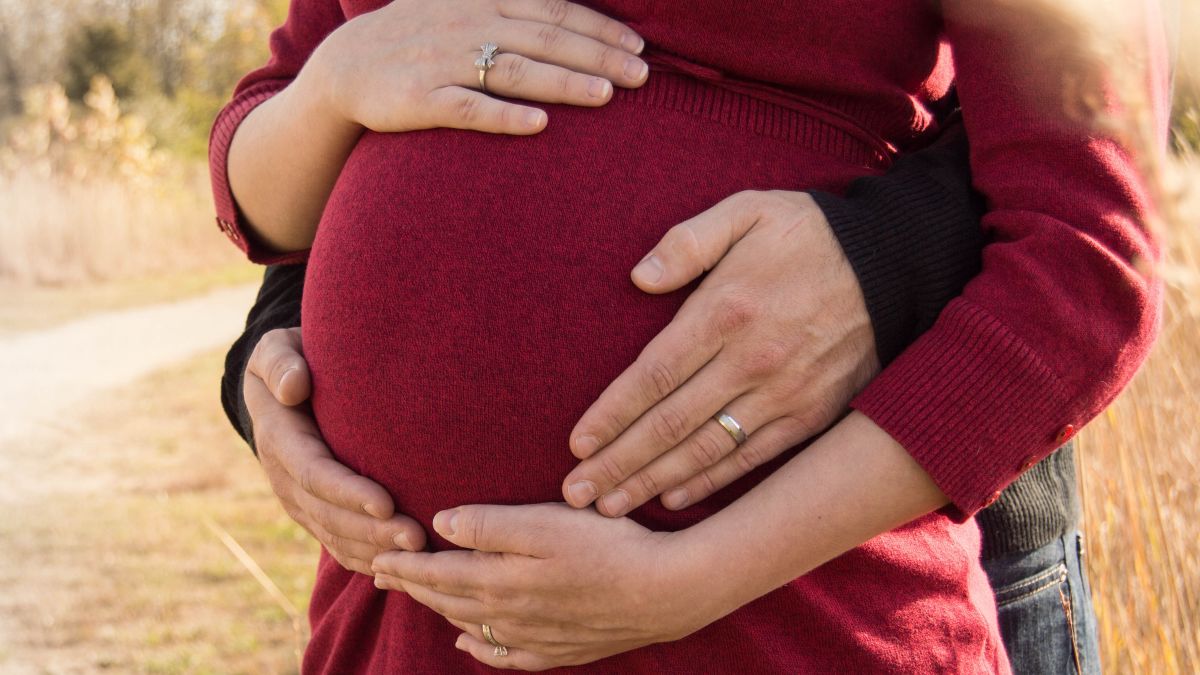
Children of mothers who used marijuana during pregnancy are reported to have an increased risk of cognitive, learning, and behavioral problems such as hyperactivity, problems with attention, memory, abstract thinking, sleep, and depressive symptoms, as well as difficulties with reading and spelling.
The cannabinoids present in marijuana have also been shown to suppress the mother's immune system, a dangerous effect during pregnancy. It is not yet known what type of effect cannabinoids have on the fetal immune system, or lasting effects to the immune system of the infant/child, but animal studies have shown detrimental effects.
Additional aspects of a pregnant woman’s health are also negatively impacted; pregnant women who use marijuana have an increased risk of anemia, harder and lengthier labors, and meconium-stained amniotic fluid, which could lead to cesarean section.
Nausea and Vomiting
Marijuana has antiemetic (anti-nausea/anti-vomiting) properties, and the prevalence of pregnant women using marijuana to potentially relieve nausea and vomiting of pregnancy ( NVP ) is increasing. Women may be using marijuana to self-medicate their NVP, believing there is very little harm from marijuana use during pregnancy.
A recent study published in 2020 concluded THC may be effective for hyperemesis gravidarum (HG) but “should be studied in appropriately powered, controlled studies, fully considering potential fetal risks” and to date, marijuana cannot be considered safe during pregnancy. Additionally, the study only assessed its efficacy in four women, and much more research is necessary before THC can be considered a viable option.
Caution should also be considered, as some studies have shown marijuana use to increase the severity of NVP (cannabinoid hyperemesis syndrome), which can cause cyclic nausea and vomiting in long-term marijuana users, and can be mistaken for HG in early pregnancy.
It is also possible that marijuana use before pregnancy is related to an increased risk of NVP. Women should also be aware that stopping marijuana after learning they are pregnant may cause them to experience nausea and vomiting due to withdrawal. These women should speak to their HCP if they have any questions or concerns or want to talk through this process.
Guidelines
Several researchers have argued that although current studies have had their limitations, the trend toward identification of adverse effects is likely to increase, therefore women should be counseled regarding marijuana avoidance during pregnancy.
The American Academy of Pediatrics and American College of Obstetricians and Gynecologists (ACOG) discourage the use of marijuana during pregnancy and recommend all pregnant women be screened regarding its use during the first prenatal appointment, and during preconception appointments when possible.
Importantly, ACOG also indicates in its October 2017 Committee Opinion on marijuana use during pregnancy, that:
“Patients should be informed that the purpose of screening is to allow treatment of the woman’s substance use, not to punish or prosecute her; however, patients should also be informed of the potential ramifications of a positive screen result, including any mandatory reporting requirements. Seeking obstetric–gynecologic care should not expose a woman to criminal or civil penalties for marijuana use, such as incarceration, involuntary commitment, loss of custody of her children, or loss of housing."
Action
Unless a woman is given a very specific medical indication, there is no benefit to smoking marijuana during pregnancy, and may in fact be harmful. It is advised that women avoid smoking/consuming marijuana during pregnancy to eliminate all risks associated with marijuana and its various chemicals.
Further, pregnant women who are using marijuana or other cannabinoid-containing products to treat a medical condition should understand there is a lack of safety data during pregnancy and on fetal development. These women should have a risks and benefits discussion with their HCP, as well as a discussion of possible alternative treatments with better safety data if possible.
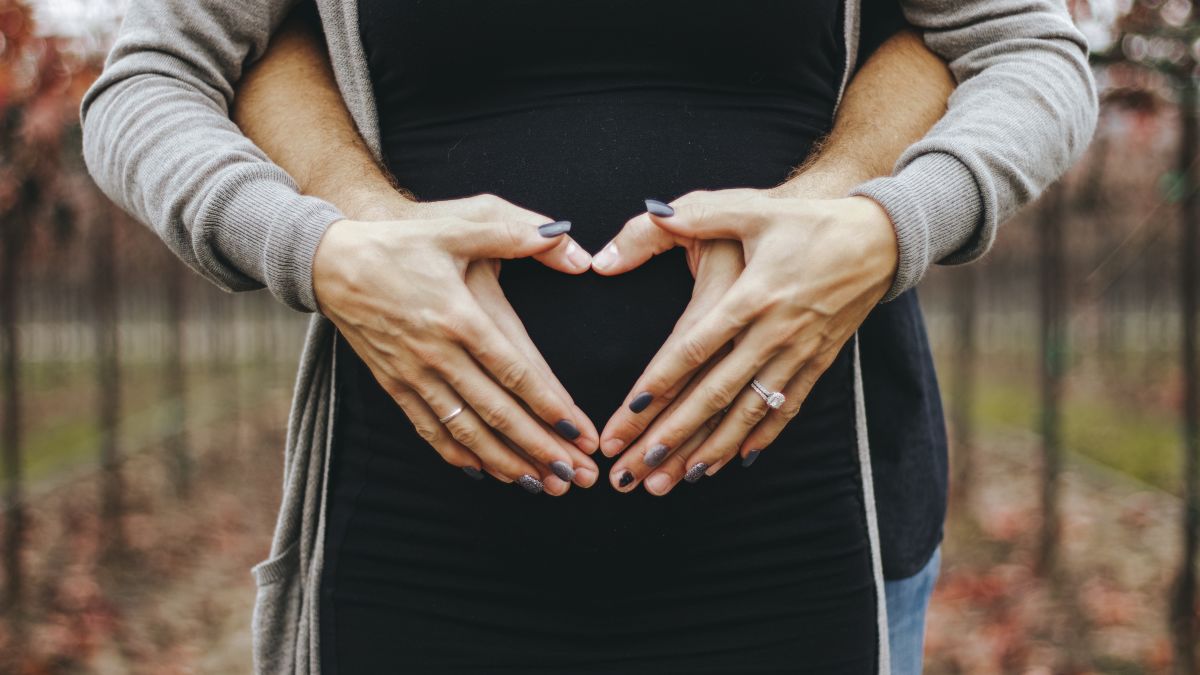
Partner/Support
Partners, family members, and friends should avoid smoking marijuana with, in front of, or nearby a pregnant woman. Not only does this make it harder for her to avoid smoking herself, but second- and third-hand marijuana smoke has also been associated with THC in the bloodstream of non-users that could lead to psychoactive effects.
Although not nearly as well studied as second-hand tobacco smoke, second-hand marijuana smoke contains some of the same chemicals as tobacco smoke, and does contain THC.
Further research regarding more specific effects of second- and third-hand smoke on a fetus are necessary. However, the absence of more detailed information is not because no association has been found, but because it has not been studied. Therefore, complete avoidance of smoking in the vicinity of a pregnant woman is the safest option.
Resources
What You Need to Know About Marijuana Use and Pregnancy (U.S. Centers for Disease Control and Prevention)
Marijuana and Pregnancy (American College of Obstetricians and Gynecologists)
Marijuana and Pregnancy (Substance Abuse and Mental Health Services Administration)
State Medical Marijuana Laws (National Conference of State Legislatures) *Cannabis is illegal under Federal law (21 U.S.C. § 811)